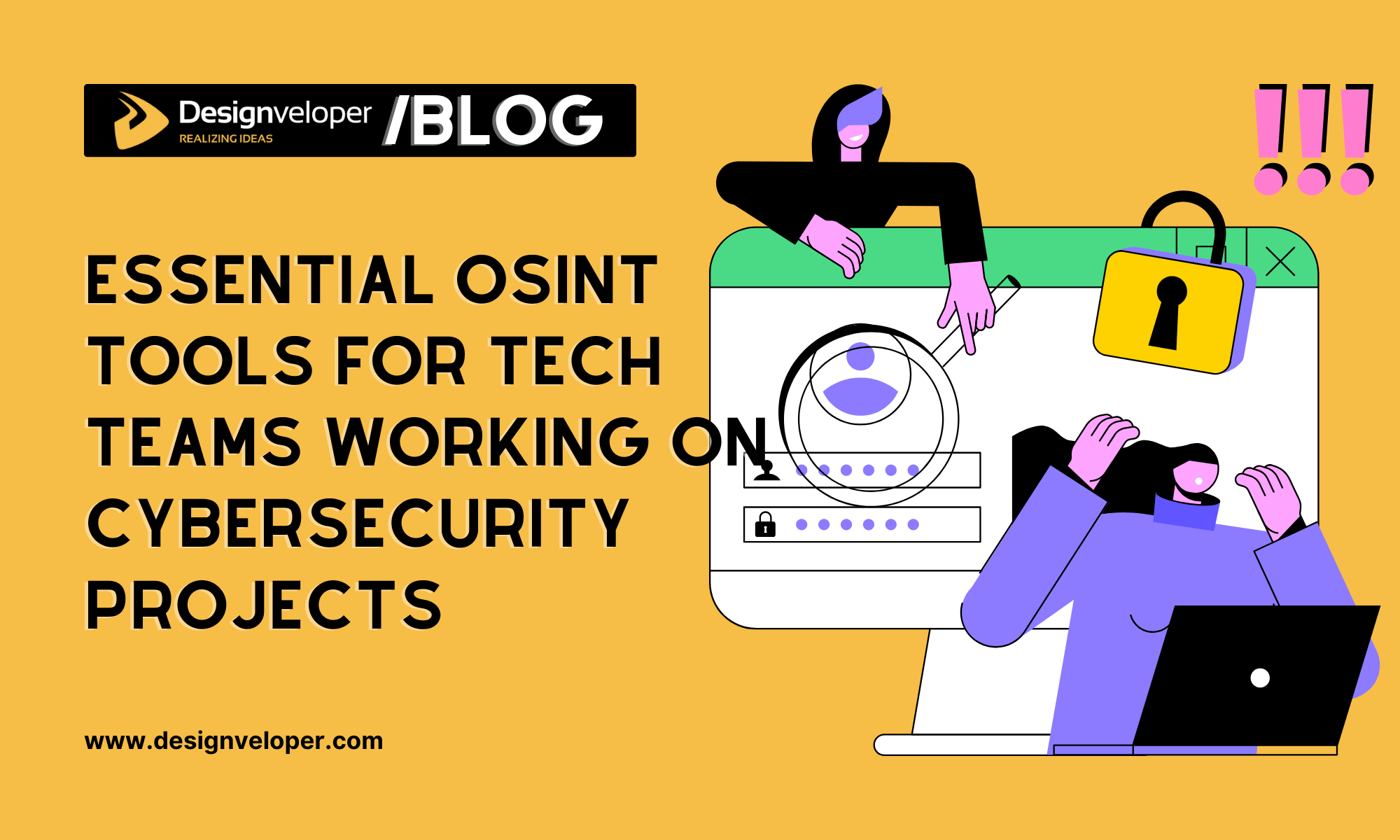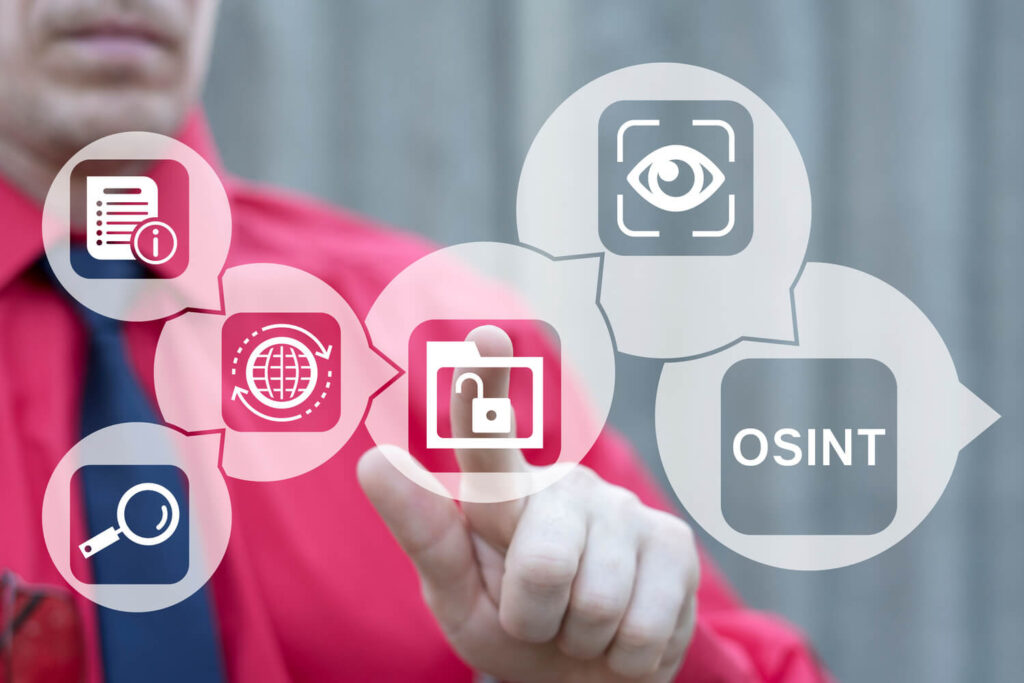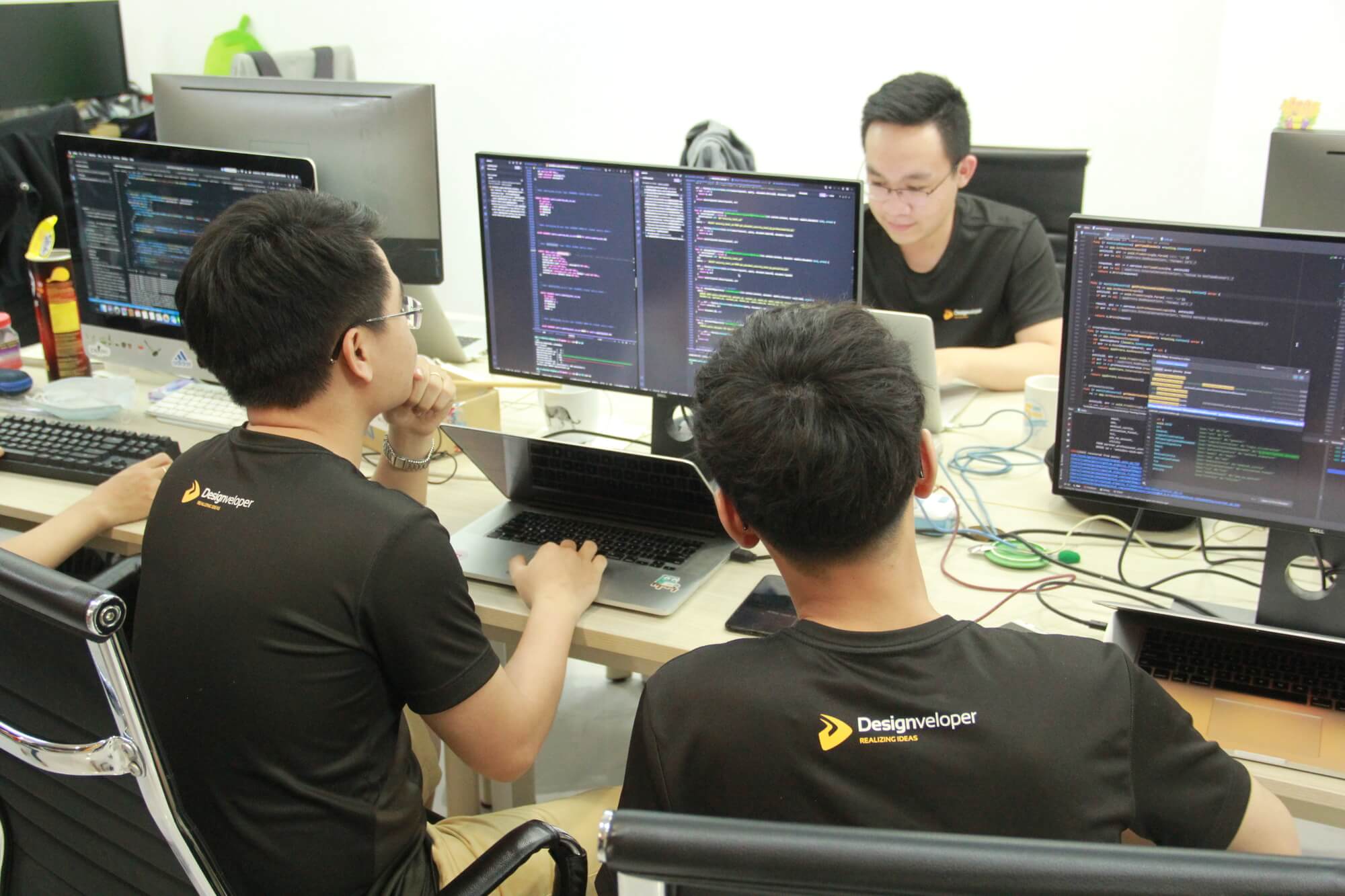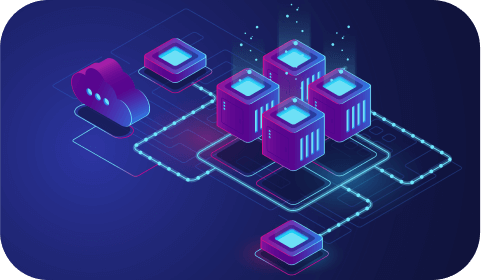Essential OSINT Tools for Tech Teams Working on Cybersecurity Projects

Open Source Intelligence, or OSINT, represents the practice of collecting information from publicly available sources to support security operations, threat hunting, and incident response activities. For tech teams operating in cybersecurity environments, mastering the right OSINT tools can mean the difference between proactive threat detection and reactive damage control.
The democratization of information through digital platforms has created an unprecedented opportunity for both defenders and attackers. While threat actors leverage publicly available information to reconnaissance targets and plan attacks, cybersecurity professionals can harness these same information streams to understand emerging threats, track malicious actors, and fortify their defenses. The key lies in knowing which tools provide the most actionable intelligence while maintaining efficiency and accuracy in high-pressure security environments.

The Nature of OSINT Tools
OSINT tools represent a diverse ecosystem of software applications, platforms, and methodologies designed to collect, analyze, and visualize publicly available information. These tools operate across multiple domains, from social media monitoring and domain reconnaissance to geospatial analysis and network mapping.
What distinguishes OSINT tools from conventional research methods is their ability to automate data gathering processes, cross-reference information from multiple sources simultaneously, and present findings in structured formats that facilitate deeper analysis. They range from simple browser extensions that capture metadata to sophisticated platforms capable of processing vast datasets and identifying patterns invisible to manual investigation.
The OSINT tool landscape encompasses both specialized applications built specifically for intelligence gathering and repurposed software originally designed for other functions but valuable for investigative work. While some tools focus on particular data types—such as image analysis or network scanning—others provide comprehensive suites that integrate multiple collection and analysis capabilities.
The market includes both free and paid solutions, with pricing models varying from one-time purchases to subscription-based services. Numerous online resources catalog and review the most effective OSINT tools, providing detailed comparisons and user guides that highlight lots of free options for practitioners who want to explore these capabilities without financial investment while still accessing powerful intelligence-gathering functionalities.
ShadowDragon: Comprehensive Social Media Intelligence Platform
ShadowDragon stands as one of the most powerful and comprehensive OSINT platforms available to cybersecurity teams today. This sophisticated tool specializes in social media intelligence gathering, providing security professionals with the ability to map digital footprints, analyze social connections, and uncover potential security threats hiding in plain sight across various social platforms. What sets ShadowDragon apart from basic social media monitoring tools is its advanced correlation capabilities and deep analytical features that can automatically discover relationships between accounts and identify coordinated inauthentic activity.
The tool’s strength lies in its ability to aggregate data from numerous social media platforms simultaneously, creating a unified view of digital personas and their activities. This is particularly valuable when investigating sophisticated threat actors who maintain presence across multiple platforms or when tracking the evolution of security incidents that span various digital channels. Its automated data collection and analysis capabilities allow security teams to scale their intelligence operations without proportionally increasing their workforce.
One of ShadowDragon’s most compelling features is its timeline reconstruction capability, which allows investigators to piece together the chronological sequence of events across multiple social platforms. This proves crucial when establishing attack timelines, understanding the progression of social engineering campaigns, or correlating online activities with real-world security incidents. The platform’s ability to preserve and present this temporal data in court-admissible formats also makes it invaluable for organizations that may need to pursue legal action against threat actors.
Maltego: Visual Link Analysis and Data Mining
Maltego has established itself as the gold standard for visual intelligence analysis in the cybersecurity community. It transforms abstract data relationships into intuitive visual representations, enabling security analysts to identify patterns, connections, and anomalies that might otherwise remain hidden in traditional data analysis approaches. The platform’s strength comes from its extensive library of transforms, which are automated data collection and analysis modules that can gather information from hundreds of different sources.
What makes Maltego particularly valuable for cybersecurity applications is its ability to handle large, complex datasets while maintaining clarity and usability. Security analysts can start with a single indicator of compromise and rapidly expand their investigation to encompass entire threat actor infrastructures, complete with timing analysis, relationship mapping, and attribution assessment. This enables security teams to move beyond simple indicator-based detection to understanding the broader context and implications of security threats.
The collaborative aspects of Maltego significantly enhance its value for cybersecurity teams working on joint investigations or threat hunting exercises. Multiple analysts can work on the same graph simultaneously, sharing discoveries and building upon each other’s findings in real-time. This collaborative capability, combined with Maltego’s export options and integration with other security tools, creates a seamless workflow that allows intelligence to be directly fed into security orchestration platforms and incident response procedures.
Shodan: The Search Engine for Internet-Connected Devices
Unlike traditional search engines that index web content, this platform scans and indexes internet-connected devices, providing unprecedented visibility into the global attack surface. For cybersecurity teams, Shodan serves as both a defensive and offensive security tool, enabling organizations to discover their own internet-facing assets, identify misconfigurations, and assess their external attack surface.
The platform’s advanced search capabilities enable highly targeted reconnaissance activities that support threat hunting and incident response operations. Security analysts can search for specific device types, software versions, geographic locations, and even identify systems with known vulnerabilities. This level of granular visibility into internet-connected systems provides cybersecurity teams with actionable intelligence for both proactive security improvement and reactive incident investigation.
Shodan’s API integration capabilities make it particularly powerful for organizations implementing continuous security monitoring programs. Security teams can automate regular scans of their attack surface, set up alerts for new exposures, and integrate Shodan data directly into their security information and event management (SIEM) systems. The result? Organizations get to maintain real-time awareness of their external security posture and respond rapidly to newly discovered exposures.

OSINT Framework: Comprehensive Resource Directory
Rather than being a single tool, OSINT Framework functions as a comprehensive directory and classification system for hundreds of OSINT resources, organized by category and use case. What makes the tool particularly valuable is its systematic approach to organizing intelligence resources by data type, investigation purpose, and technical complexity.
The framework’s strength lies in its community-driven nature. Security professionals from around the world contribute to maintaining and expanding the resource directory, ensuring that it remains current with emerging tools and techniques. For cybersecurity teams, this represents access to a constantly evolving knowledge base that reflects the latest developments in OSINT gathering and analysis.
Beyond its role as a tool directory, OSINT Framework serves as an educational platform that helps cybersecurity professionals understand the relationships between different types of intelligence sources and analytical techniques. Its hierarchical organization provides insights into how different OSINT disciplines complement each other, enabling security teams to develop more sophisticated investigation methodologies and build internal OSINT capabilities.
Recon-ng: Automated Web Reconnaissance Framework
This command-line tool provides security professionals with a standardized platform for conducting comprehensive reconnaissance activities while maintaining detailed documentation of all investigative activities. The platform’s modular architecture enables security teams to customize their reconnaissance activities based on specific project requirements, with each module focusing on particular types of data collection or analysis.
For tech teams working on cybersecurity projects, Recon-ng provides comprehensive logging and reporting capabilities that automatically document all reconnaissance activities, creating an audit trail that supports both operational security requirements and legal compliance needs. This documentation capability is particularly important for organizations operating in regulated industries or those that may need to provide evidence of their security investigation activities to law enforcement or regulatory bodies.
Moreover, the platform’s workspace management system allows security teams to organize multiple concurrent investigations while maintaining strict data segregation between different projects or clients. This organizational capability, combined with Recon-ng’s export functions and integration options, makes it ideal for security consulting firms or internal security teams handling multiple simultaneous investigations while ensuring consistent investigation quality across different team members and projects.
SpiderFoot: Automated OSINT Collection Engine
SpiderFoot automates the process of querying hundreds of different data sources, correlating the results, and presenting findings in actionable formats. It has the ability to conduct deep, recursive investigations that follow data relationships across multiple sources and platforms.
What sets SpiderFoot apart from simpler automation tools is its sophisticated correlation engine, which identifies relationships between disparate data points and surfaces patterns that might indicate coordinated threat activity. For cybersecurity applications, this means the ability to quickly identify infrastructure patterns used by threat actors, track the evolution of malicious campaigns, and understand the broader context surrounding specific security incidents without manually querying dozens of different sources.
SpiderFoot’s real-time monitoring capabilities transform it from a reactive investigation tool into a proactive threat detection system. Security teams can configure the platform to continuously monitor specific targets or indicators, automatically alerting analysts when new intelligence becomes available or when existing data patterns change significantly. This lets organizations to detect emerging threats earlier in the attack lifecycle and maintain persistent awareness of their threat landscape.
Conclusion
The future of cybersecurity lies not in building higher walls or deploying more sensors, but in developing deeper understanding of the threat landscape through comprehensive intelligence operations. The OSINT tools available today provide cybersecurity teams with unprecedented visibility into this landscape, but realizing their full potential requires commitment to developing both technical capabilities and analytical expertise. For tech teams serious about cybersecurity, mastering these tools represents an investment in the future effectiveness and resilience of their security operations.

















































